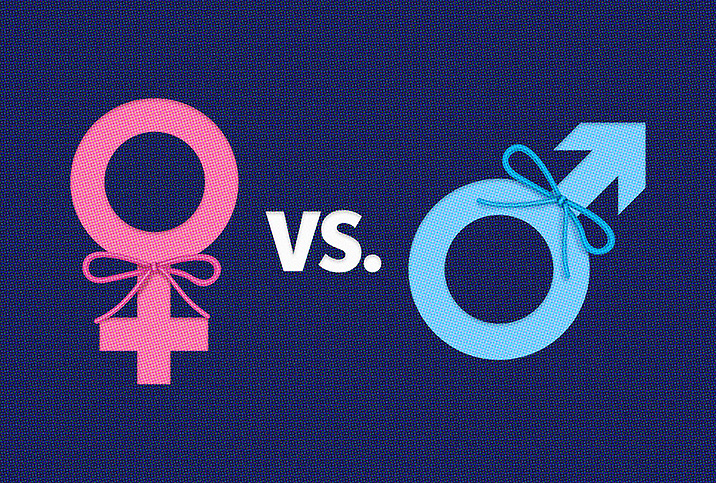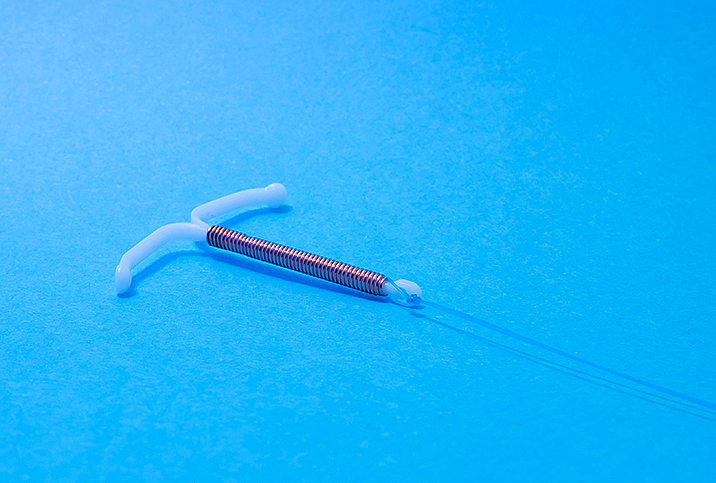What You Need to Know About Getting Your Tubes Tied

Tubal ligation is one of the most common forms of sterilization procedures out there. With about 700,000 procedures reported annually in the U.S. alone, "getting your tubes tied" may be one of the most popular methods of permanently avoiding a pregnancy.
What is tubal ligation?
Tubal ligation quite literally means tying your fallopian tubes. It's more formally referred to as female sterilization. The procedure is most often done in a surgical clinic or a hospital under local or general anesthesia. People who have the procedure done can often walk out of the hospital the same day they came in.
Due to the way the surgery is performed, tubal ligation qualifies as a permanent solution to pregnancy. Although the procedure is reversible, the rates of a positive pregnancy following reversal aren't as high as they would've been otherwise. To find out if getting your tubes tied is right for you, consult your doctor.
Risks and benefits
Although tubal ligation is a more complex procedure than a vasectomy, it is still safe and almost as effective. However, just as with any medical procedure, there are some risks involved that you should know about before opting for the operation.
Internal bleeding is the most common risk. Other risks include the chance of infection, damage to other organs, ectopic pregnancy (a fertilized egg implanting outside the uterus), incomplete closing of the tubes and general side effects of anesthesia.
Risks of other diseases, such as diabetes, obesity, lung disease and heart disease, will increase after the surgery. However, the chance of serious complications remains extremely low (less than 1 in 1,000 women).
When it comes to benefits, tubal ligation does not have any effect on your menstrual cycle and/or sex life. Also, it might reduce your chances of ovarian cancer. It keeps your hormone levels as steady as they were before the procedure and, most important, it is a permanent solution to pregnancy.
Post-surgery effects
Due to the anesthesia, many people who undergo tubal ligation surgery report no symptoms of pain. However, other side effects, including nausea, dizziness, cramping, bloating and fatigue, are very common.
Most people need a three-week recovery period post-surgery. However, if you do face symptoms other than those mentioned above, or if any of your symptoms last longer than one week, get in touch with your doctor. Medication is usually prescribed to help with the side effects.
During the first week of recovery, don't perform any strenuous activity. Additionally, don't drive on the day of your surgery, avoid fibrous foods and, most important, don't have sex or bathe in hot water until given the OK by your doctor.
Common myths about tubal ligation
Myth 1: The effects of tubal ligation are totally reversible
Many people think the effects of sterilization are reversible. Depending on whether or not your fallopian tubes were damaged during the procedure, you can opt for a surgery that makes your tubes the same as they were before.
However, even then, your chances at pregnancy are highly reduced—with a wide estimate of anywhere from a 34 percent to 85 percent chance of a positive pregnancy.
Myth 2: Getting your tubes tied can affect your hormones or send you into early menopause
Tubal ligation does not affect your hormones, your menstrual cycle, your sex drive or even the time period for menopause. It simply prevents you from becoming pregnant.
Myth 3: Your ovulation is affected
As long as you still have your uterus and ovaries, getting your tubes tied will not affect your ovulation process.
Tubal ligation can be an excellent option for women looking for a permanent birth control solution. If you're considering a tubal ligation, talk to your doctor about the risks and benefits of the procedure to see if it's the right solution for you.


















